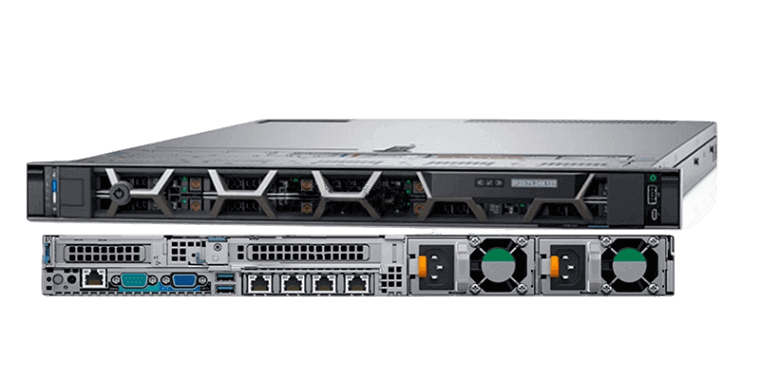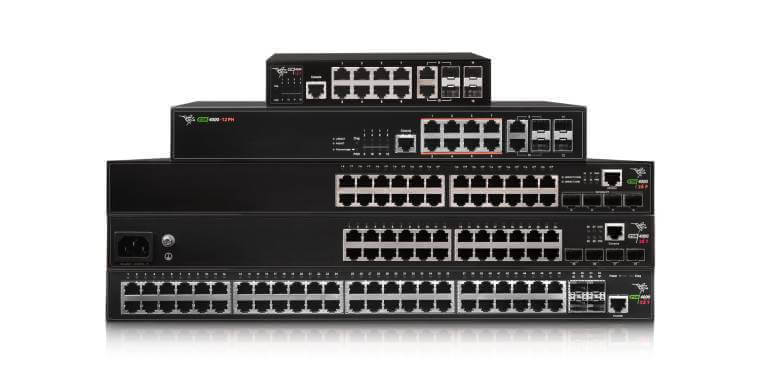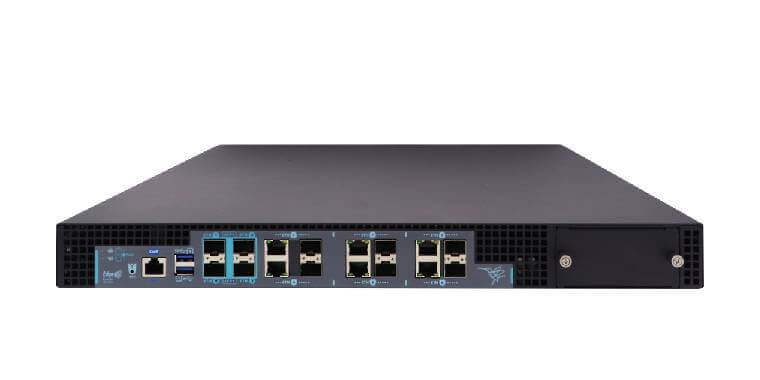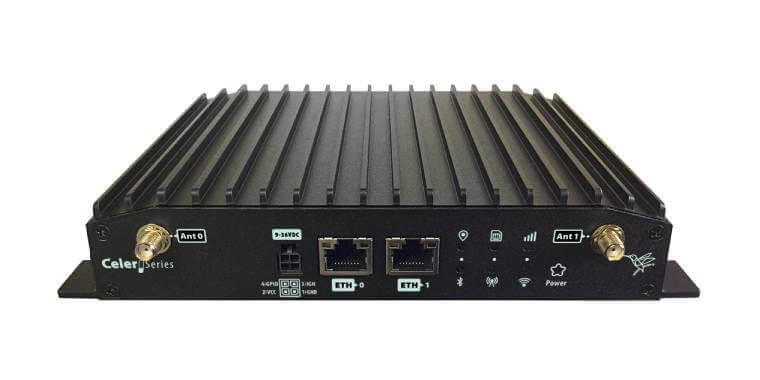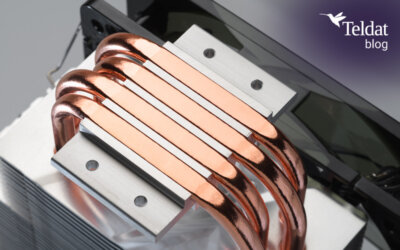Heat pipes transfer heat on electronic devices & industrial applications, using the heat transition principle, to transfer to heat sinks within a cooling system. Heat pipes have clear advantages over other heat dissipation methods. What are heat pipes? Heat pipes...
Telecontrol+ (MTC+) module
Product Highlights
- High reliability
- No port required on the switch or IP address
- Manages up to 16 devices with a single router
- Dual electromechanical switch
- Compatible with 110/220 V and worldwide sockets
- Fully manageable via text or SNMP commands
- Supports high voltages and reactive loads
Introduction
The Teldat Telecontrol+ Module allows you to control the power supply of remote devices. It is very useful for restarting critical machines (such as remote cash machines) when they are in a shutdown state or for controlling lights or mains-powered machines remotely.
The Telecontrol+ Module (MTC+) is a peripheral device for a Teldat router, managed out of band since it only connects to the console port of said router. And because the device does not need an Ethernet connection, it does not consume infrastructure resources or require human intervention for implementation. Nor does it interfere with the network.

Competitive Advantages

Highly reliable
It does not include an operating system or IP layer, only the electronic control device, so it is immune to software failure and totally stable.

No Ethernet or IP address required
It does not require switch ports. No need to reserve/administer an IP address. Works independently of the network, thus providing you with more security.

Controls up to 16 devices per router
It is has an input control port and an output control port, to cascade MTC+ modules without taking up Ethernet/IP resources.

Dual electromechanical switch
Relay-based systems generate internal sparks that end up burning the contacts. The MTC+ electronically cuts the current before the relay is tripped.
Description
The Telecontrol+ Module (MTC+) is a device that connects to a Teldat router and receives control signals from a control station to control a device's power state. Suitable for critical electronic cystems that are susceptible to being blocked (such as cash machines and other control systems).
Reliability plays a key role in this type of devices; for this reason, the MTC+ does not include an operating system, IP layer or Ethernet connection but instead uses the router's resources. In this way, 24/7 operation is guaranteed.
For greater reliability, it incorporates an electronic current control mechanism (in addition to the traditional mechanical mechanism) to prevent sparks in contacts and maximize useful life, even with more powerful and reactive loads.
It connects to the router through the console port. It supports multi-unit cascading (up to 16 devices).
The Teldat Telecontrol+ Module allows you to control the power supply of remote devices. It is very useful for restarting critical machines (such as remote cash machines) when they are in a shutdown state or for controlling lights or mains-powered machines remotely.
The Telecontrol+ Module (MTC+) is a peripheral device for a Teldat router, managed out of band since it only connects to the console port of said router. And because the device does not require an Ethernet connection, it does not consume infrastructure resources or require human intervention for implementation. Nor does it interfere with the network.
The MTC+ uses the router's IP network resources, thus increasing device realiability.
A single router can support up to 16 cascaded MTC+ modules.
The MTC+ module is managed from the router, which in turn receives commands addressed to the MTC+, either via console or SNMP.
Key Features
It does not include an operating system or IP layer. It simply integrates the electrical control system. This makes it extremely reliable.
Unlike other mechanical control devices (relays), the current is electronically cut off when it passes through zero without producing countercurrents or sparks, thus maximizing useful life and minimizing faults.
The voltage setting is selected in the device itself and standard outlets are used with independent cables, allowing the device to be used all over the world.
The design of the internal electronic control mechanism is such that it allows management of large, reactive power loads, making it especially useful in adverse environments.
In addition to the obvious savings in network Ethernet ports, it facilitates installation and increases reliability by becoming independent from the status of local network.
Multiple serial devices can be managed via the control port without using additional Ethernet ports.
The device receives commands sent to the reouter from a control center via console or SNMP, which means it can be integrated into automated systems.
Do you want to know more?
Teldat-V, Teldat-M1 & MTC+: Customer service reliability, security and quality of service through remote control and monitoring of ATMs on the network.
Read our latest Blog Posts
The importance of sequencing power domains in electronics
There is a clear trend in the electronics industry for integration, allowing for more compact and efficient designs. More and more, electronics manufacturers are making their chips smaller, including more components within their chips and extending the feature range....
Improving device reliability and redundancy
In a previous article we looked at how to mathematically calculate the reliability of electronic equipment. That is, the probability of it working correctly for a given period of time. This is best characterised by the Mean Time Between Failure (MTBF), or its...

